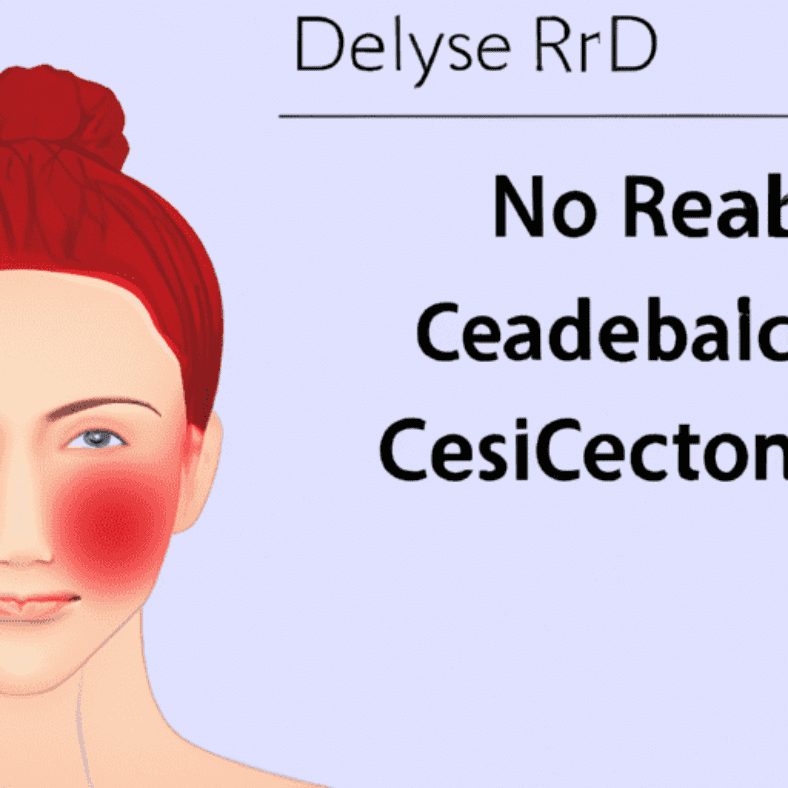-
Table of Contents
- 10 Possible Causes of Facial Redness
- Key Takeaways
- Unveiling the Causes of Facial Redness
- 1. Rosacea
- 2. Eczema
- 3. Psoriasis
- 4. Allergies
- 5. Alcohol Consumption
- 6. Certain Medications
- 7. Sun Exposure
- 8. Wind Exposure
- 9. Hot Showers and Baths
- 10. Spicy Foods
- FAQ Section
- What is the most common cause of facial redness?
- Can facial redness be a sign of something serious?
- How can I reduce facial redness?
- Can diet affect facial redness?
- Can stress cause facial redness?
- Conclusion
- Further Analysis
10 Possible Causes of Facial Redness

[youtubomatic_search]
Key Takeaways
- Facial redness can be caused by a variety of factors, including skin conditions, allergies, and lifestyle factors.
- Rosacea, eczema, and psoriasis are common skin conditions that can cause facial redness.
- Allergies, alcohol consumption, and certain medications can also lead to facial redness.
- Environmental factors such as sun exposure and wind can cause facial redness.
- Understanding the cause of facial redness can help in finding the right treatment.
Unveiling the Causes of Facial Redness
Facial redness is a common issue that many people experience. It can be temporary or chronic, and its causes are diverse. This article will explore ten possible causes of facial redness, providing insights into why your face might be turning red and what you can do about it.
1. Rosacea
According to the American Academy of Dermatology, rosacea is a common skin condition that causes redness and visible blood vessels in the face. It may also produce small, red, pus-filled bumps. The cause of rosacea is unknown, but it could be due to a combination of hereditary and environmental factors.
2. Eczema
Eczema, also known as atopic dermatitis, is a condition that makes your skin red and itchy. The National Eczema Association states that it’s common in children but can occur at any age. Eczema is long-lasting and tends to flare periodically. It may be accompanied by asthma or hay fever.
3. Psoriasis
Psoriasis is a skin disorder that causes skin cells to multiply up to 10 times faster than normal. This makes the skin build up into bumpy red patches covered with white scales. They can grow anywhere, but most appear on the scalp, elbows, knees, and lower back.
4. Allergies
Allergies can also cause facial redness. According to the American College of Allergy, Asthma, and Immunology, when your body comes into contact with an allergen, it releases histamines, which can cause your face to become red and swollen.
5. Alcohol Consumption
Alcohol can cause your blood vessels to expand, leading to a flushed complexion. A study published in the journal Alcohol and Alcoholism found that alcohol-induced facial flushing is a symptom of an enzyme disorder that is prevalent in people of East Asian descent.
6. Certain Medications
Some medications can cause facial redness as a side effect. These include high blood pressure medications, such as ACE inhibitors, and topical treatments for acne or rosacea.
7. Sun Exposure
Excessive sun exposure can cause your face to turn red. The American Academy of Dermatology warns that this is a sign of sun damage, which can lead to premature aging and skin cancer.
8. Wind Exposure
Wind can also cause facial redness. According to the Mayo Clinic, windburn occurs when cold wind removes the top layer of oil from the skin, leading to dryness, irritation, and redness.
9. Hot Showers and Baths
Hot showers and baths can cause your skin to turn red. The American Skin Association explains that hot water can strip your skin of its natural oils, leading to dryness and inflammation.
10. Spicy Foods
Spicy foods can cause your face to turn red. According to a study published in the Journal of Dermatological Science, capsaicin, the compound that makes chili peppers hot, can activate the nerves that cause your blood vessels to expand, leading to redness.
FAQ Section
What is the most common cause of facial redness?
The most common cause of facial redness is rosacea, a skin condition that affects millions of people worldwide.
Can facial redness be a sign of something serious?
In some cases, facial redness can be a sign of a serious condition, such as lupus or a severe allergic reaction. If your facial redness is accompanied by other symptoms or persists for a long time, you should seek medical attention.
How can I reduce facial redness?
Facial redness can be reduced by identifying and avoiding triggers, using gentle skincare products, protecting your skin from the sun and wind, and seeking treatment for underlying skin conditions.
Can diet affect facial redness?
Yes, certain foods and drinks, such as spicy foods and alcohol, can cause facial redness.
Can stress cause facial redness?
Yes, stress can cause facial redness. Stress can trigger a flare-up of rosacea or other skin conditions that cause redness.
Conclusion
Facial redness is a common issue that can be caused by a variety of factors, including skin conditions, allergies, lifestyle factors, and environmental factors. Understanding the cause of your facial redness can help you find the right treatment and prevent future flare-ups. If your facial redness persists or is accompanied by other symptoms, you should seek medical attention.
[youtubomatic_search]
Further Analysis
Understanding the causes of facial redness is the first step towards finding an effective treatment. Whether it’s due to a skin condition like rosacea, eczema, or psoriasis, an allergy, lifestyle factors like alcohol consumption or spicy foods, or environmental factors like sun or wind exposure, there are steps you can take to reduce redness and improve your skin’s health. Remember, if your facial redness is persistent or severe, it’s important to seek medical advice to rule out any serious underlying conditions.

Leave a Reply